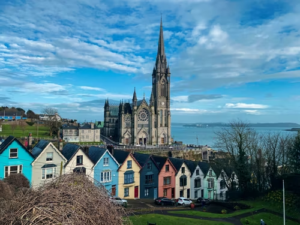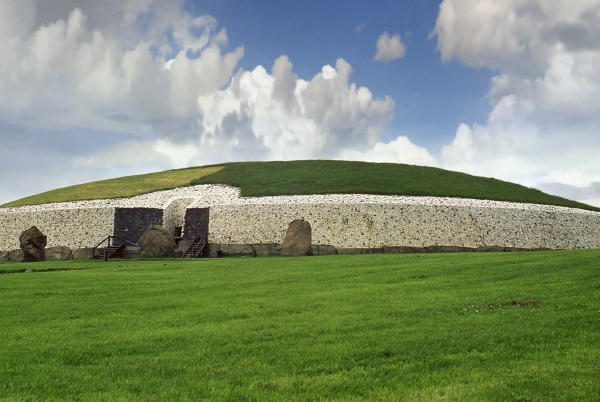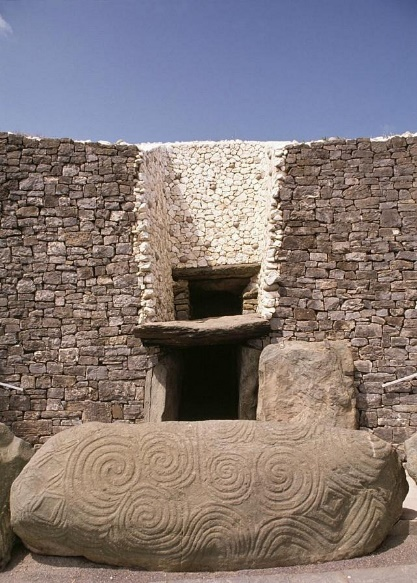In 1801, the Act of Union was passed, which united England, Ireland, Scotland, and Wales under a new country called The United Kingdom of Great Britain and Ireland. Effective the same year, the Union Jack was also created, which represented all member states. In addition to this, all local parliaments were dissolved, and the UK came under a central parliament in London.
This was a major change in the larger scheme of things and essentially meant that the control of all the Irish laws and resources rested with the British empire. This ultimately added to the massive famine that struck Ireland in the years to follow. But what was life like during this time?
In this blog, we talk about the general outlook of life in Ireland during the 1800s, the events that led to the Great Famine, and Ireland after the famine.
Outlook of Life in Ireland During the 1800s
During the 1800s, Ireland was going through a lot of political turmoil, primarily arising from the Irish guerrilla attempts at emancipation from the British empire. During this time, there were some penal laws in force as well, which heavily discriminated against Presbyterians and Catholics.
After several campaigns for emancipation from the English, in 1829, Ireland was ceremoniously separated, but the English still largely held control of the country.
In 1800, the country’s population was 4-5 million, but as the Industrial Revolution took over, the population rose dramatically and nearly doubled in the next 40 years. During this time, most of the land was owned by Irish Protestants and was given on rent to Catholic and Protestant peasants. The peasants’ diet was almost entirely potato-based as potatoes grew easily. The grains produced in the country were primarily exported by the English.
This is what led to the Great Famine.
The Great Famine
The Great Famine is cited as the primary reason for the mass emigration of Irish people and the eventual shrinkage of the population. The Great Famine struck the country in 1846 when the potato crops got a disease called “phytophthora infestans,” and all the potatoes produced in the country became unusable.
This led to a huge food shortage in Ireland as the English continued to export grains. As a result of this, a food crisis began that lasted for the next six years. During this time, approximately 1 million people died, while about 2 million people emigrated from Ireland.
Ultimately, the Great Famine is cited as the major reason why more Irish people are outside the country than in it.

Learn About Ireland Through The 1800s with My Ireland Family Heritage
If your ancestors also lived in Ireland during the 1800s and fled the country during the famine, we can help you reconnect with your ancestral history. Our team at My Ireland Family Heritage of genealogy researchers can trace your Irish roots and plan a tour of all the relevant and best genealogy sites in Ireland.
Our Irish ancestry research and historical tours of Ireland are an excellent way to learn about your ancestors’ lives during the 19th century. Contact us now to book your own Irish ancestry and genealogy tours with us today.














